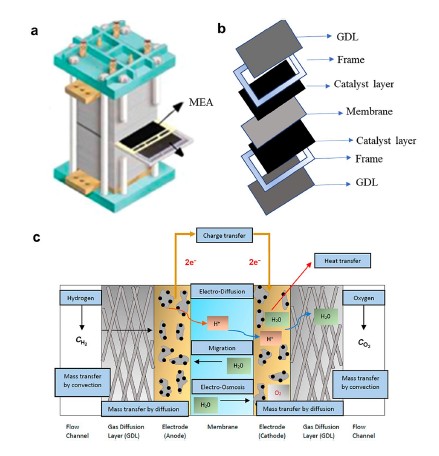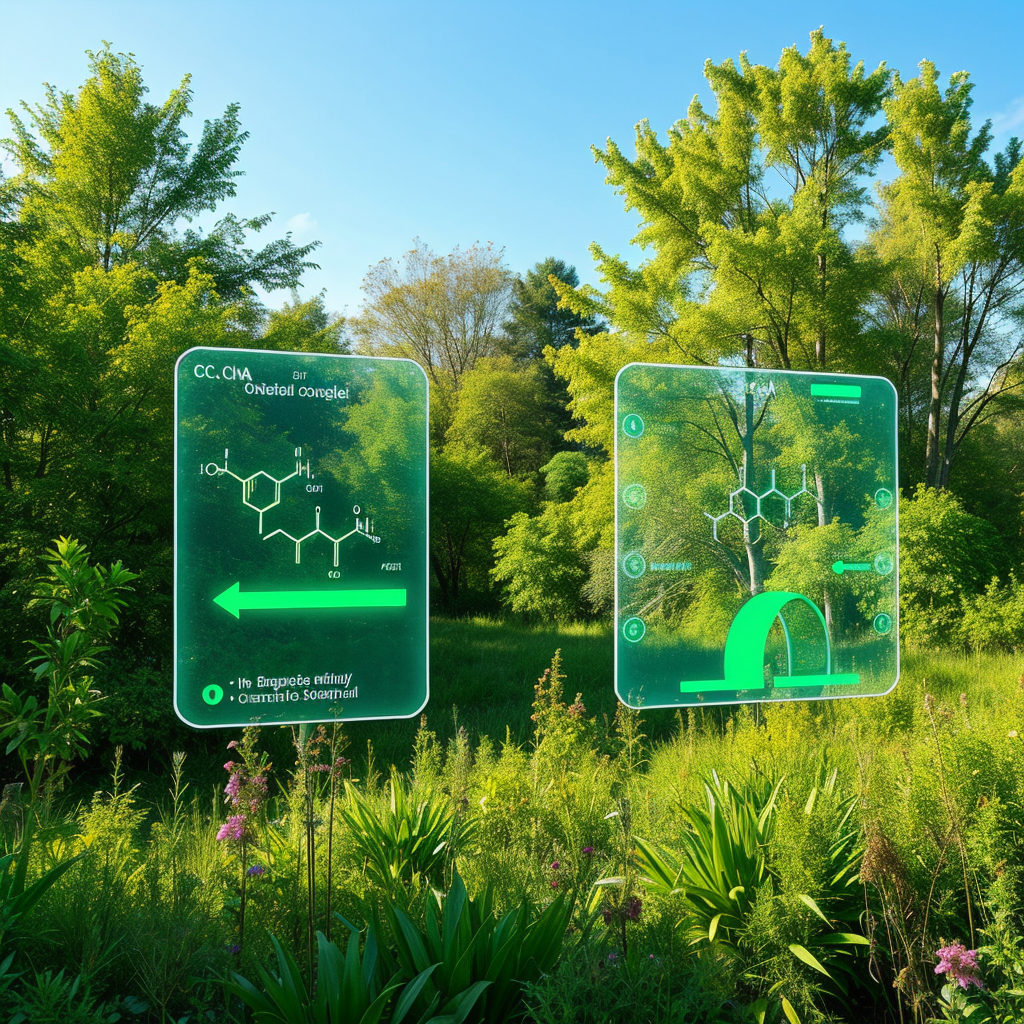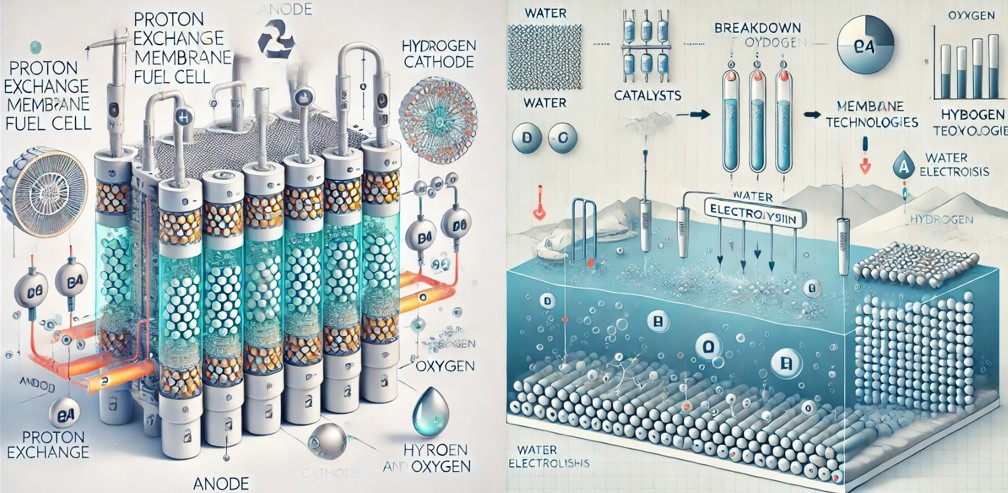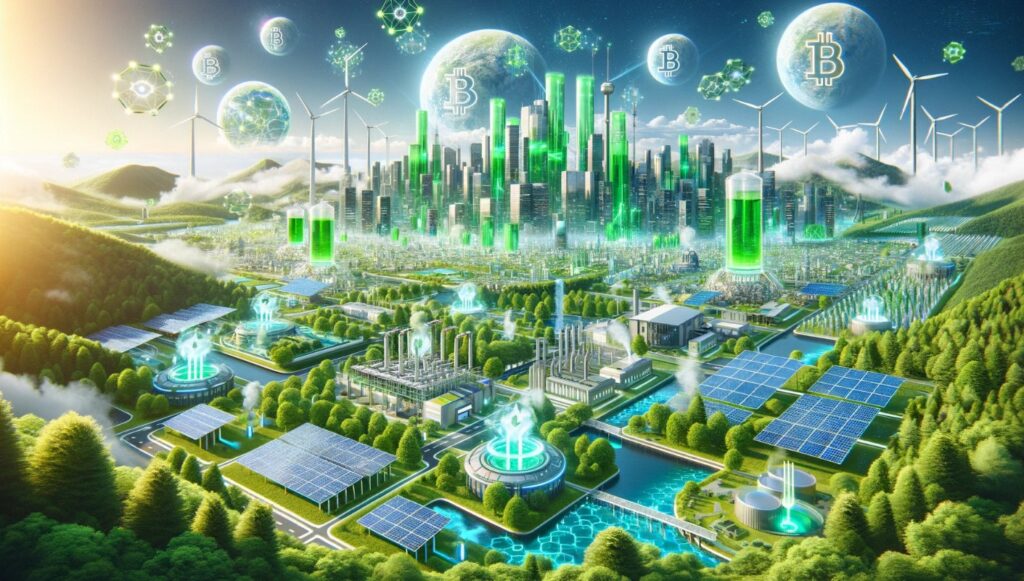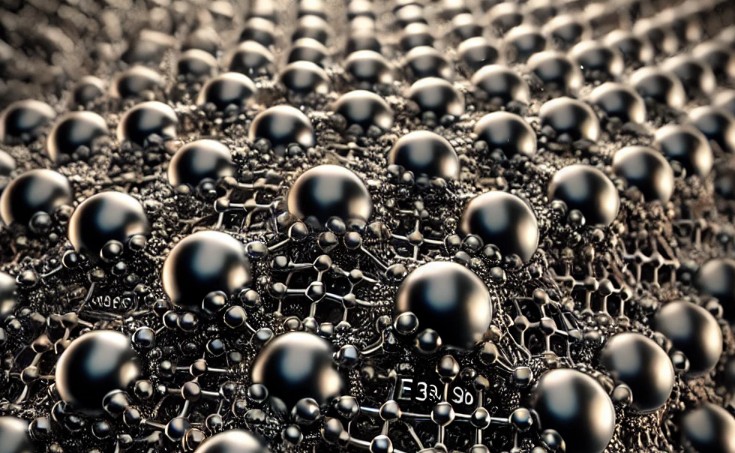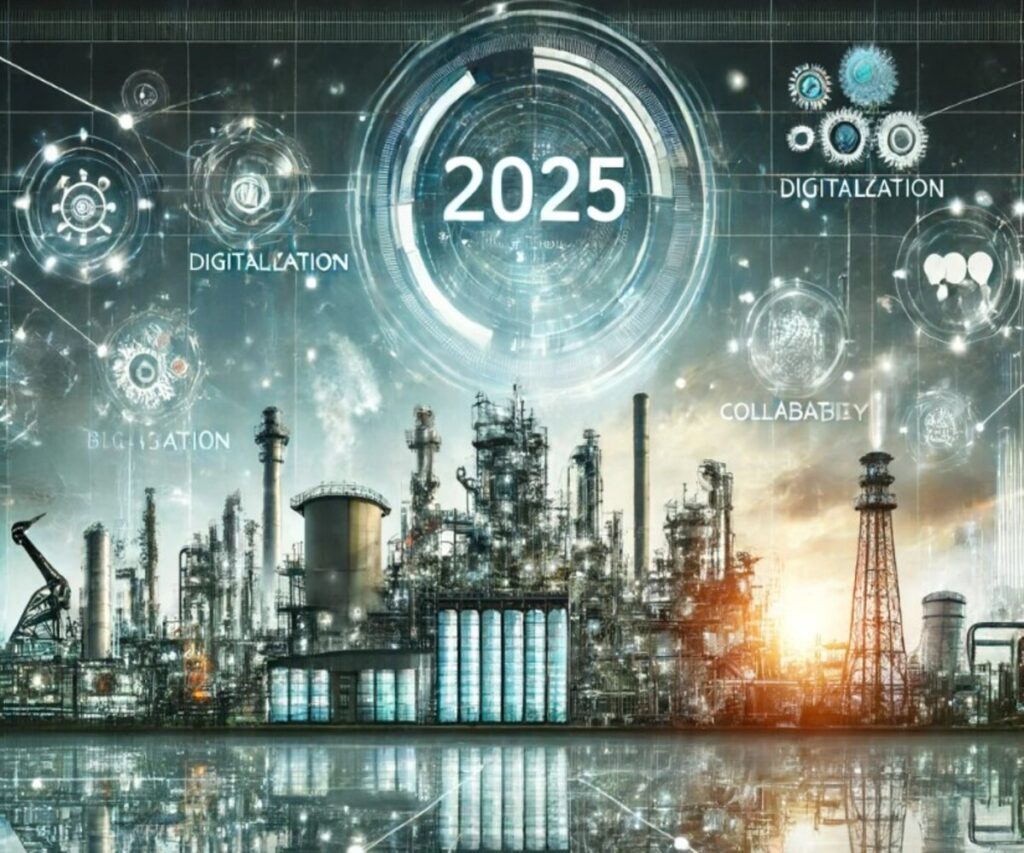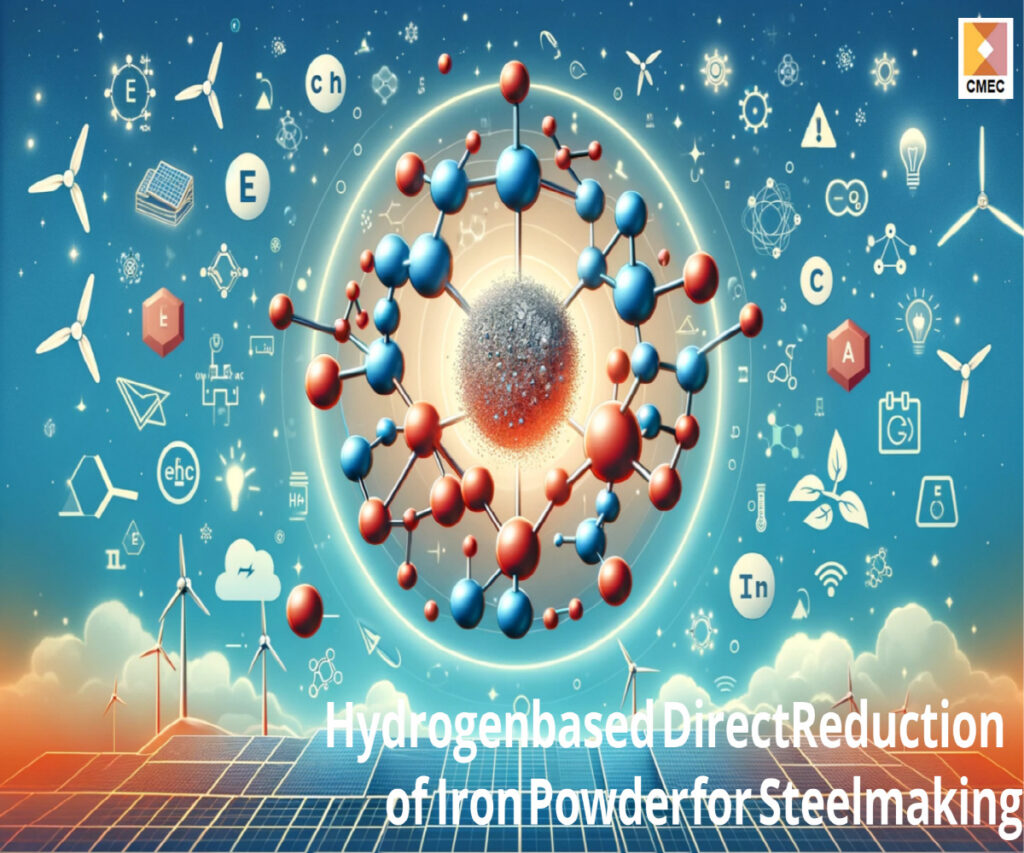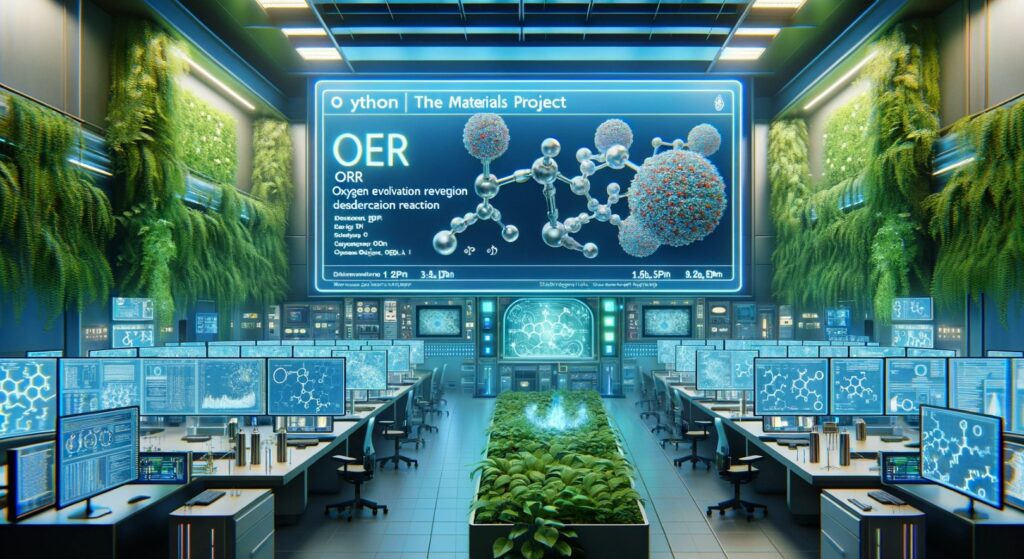Revolutionizing Clean Energy: 5 Breakthroughs in PEMFC and Membrane Electrode Assembly
The quest for clean, sustainable energy has never been more critical. As the world grapples with the effects of climate change and the urgent need to reduce greenhouse gas emissions, proton exchange membrane fuel cells (PEMFC) have emerged as a beacon of hope. These innovative devices offer a zero-emission alternative to traditional fossil fuels, promising […]
Revolutionizing Clean Energy: 5 Breakthroughs in PEMFC and Membrane Electrode Assembly Read More »

